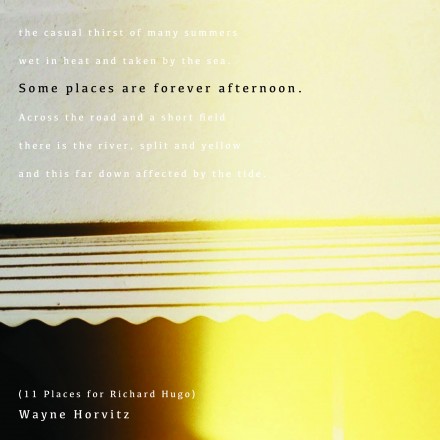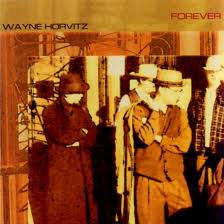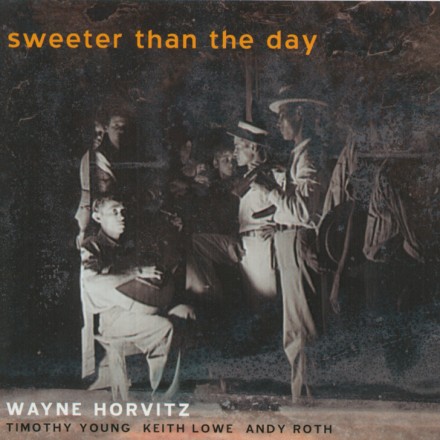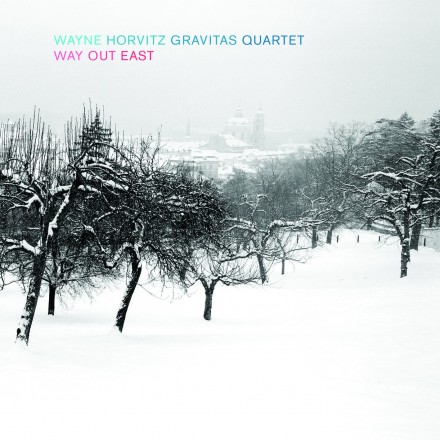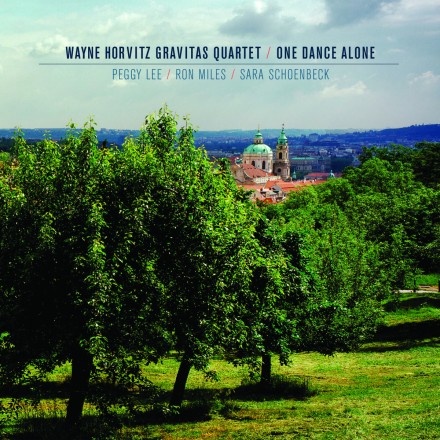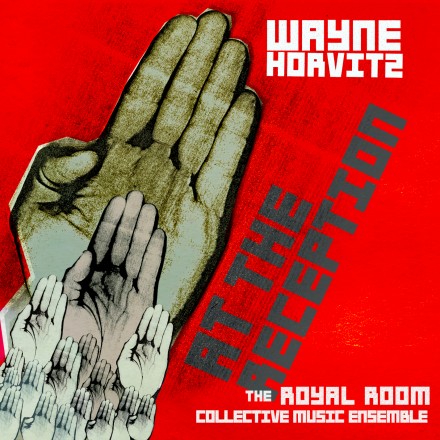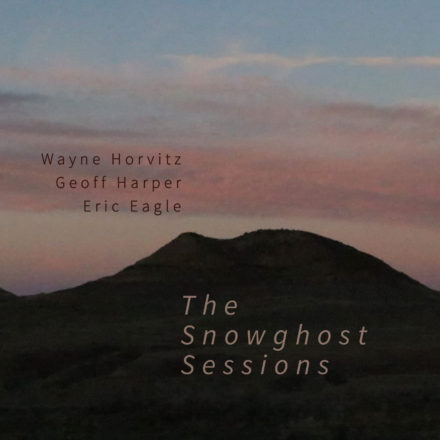Wayne Horvitz
Some Places Are Forever Afternoon
SGL 1613-2For this major new project, supported by San Francisco’s Shifting Foundation, Wayne Horvitz brought together the members of two of his most successful groups, Sweeter Than the Day and the Gravitas Quartet, to pay tribute to Northwest poet Richard Hugo (1923-1982). Horvitz has often set texts to music, but in this case he wanted to create instrumental music that reflected Hugo’s poems. (In performance, each poem is read aloud following the piece of music named after it.)
Researching Hugo last summer, Wayne and his daughter Nica Horvitz took a two-week road trip into Montana to see towns and other places he’d written about. Lois Welch, a close friend of Hugo’s, “arranged for us to stay in the cabin where Hugo spent a lot of time in the last decade of his life, which was incredible. Very spare, with no running water and heated by wood. It did have electricity, and it was amusing to note that all the beds, cots really, with sleeping bags and old blankets, were crammed into two tiny rooms, and were not exactly comfortable, but they all had reading lamps. This was a gang that liked to eat and drink and hike and lay in the sun and also clearly loved to read.” Nica’s photographs provide a visual analogue to the words and music. “We started with the most compelling photos, and just went from there. The blue house is actually from the Cataldo Mission, other connections are less obvious. Lois Welch wondered what the picture of the woods had to do with ‘Missoula Softball Tournament’, and I honestly couldn’t tell her, it just fit my mood whenever I read the poem.”
As for the music, “I have been thinking about putting these two bands together for a while. Gravitas provides such a variety of texture and color and personal improvisational language. Sweeter Than the Day has just become such a great band; we have learned to play as a single organism. These are just some of my favorite musicians on the planet…The music is fairly structured, and in ways that are not typical of me. I think that was a result of the poems. These are really instrumental songs, more than vehicles for improvisation and ensemble playing, although those elements certainly occur…Hugo’s poems are inherently musical because of the way they sound, the way they read, and the way they are structured. Some composers, and poets, and novelists, work very methodically, in that they start with a complete structure, then an outline, then a complete draft, and so on. I believe Hugo, like some novelists I know, and certainly some composers, including myself, was inclined to begin somewhere and see where it led him. But I also am sure that his poems were drafted, revised, re-considered, and carefully crafted.”
Over the years Hugo crisscrossed the Northwest, searching out new places and experiences that would trigger a poetic response, and he listened to the radio as he drove. From Bill Haley to Mozart, Benny Goodman, Brahms and Ellington, “music was, clearly, a visceral pleasure for him…I find compelling his obvious reverence for music as a kind of gold standard when it comes to discerning the importance of the conscious and the intuitive; how much of each, how they interact with each other.” Horvitz, who has himself “hitchhiked and backpacked and driven around this part of the world my whole life”, also notes Hugo’s appetite for life: “He celebrates its grandeur without sentimentality. Yet he seems to not be baffled in the least by its transience. Having grown up in the culture of the 60s, I am always fascinated by the part of that generation that didn’t buy into ‘The Greatest Generation’ mystique, the one of miracle drugs and progressive capitalism and assumed endless upward mobility – the writers and poets and painters and musicians that were the precursors to the giant sea change that happened in the 60s. Obviously artists like Kerouac and Ginsberg and Pollock and Cunningham, and of course Cecil Taylor, Mingus, Coltrane. It is a sort of psychological no man’s land. It’s so much easier now to identify as an artist, to maintain progressive ideas about gender and class and race, to worship the individual. To me this era is analogous to America in the late 1800s – modernization and industrialization standing side by side with what remained of the plains Indians and the last of the frontier. The opera house that was built in the middle of nowhere, waiting for the city to arrive.”
More info at the project’s blog.
